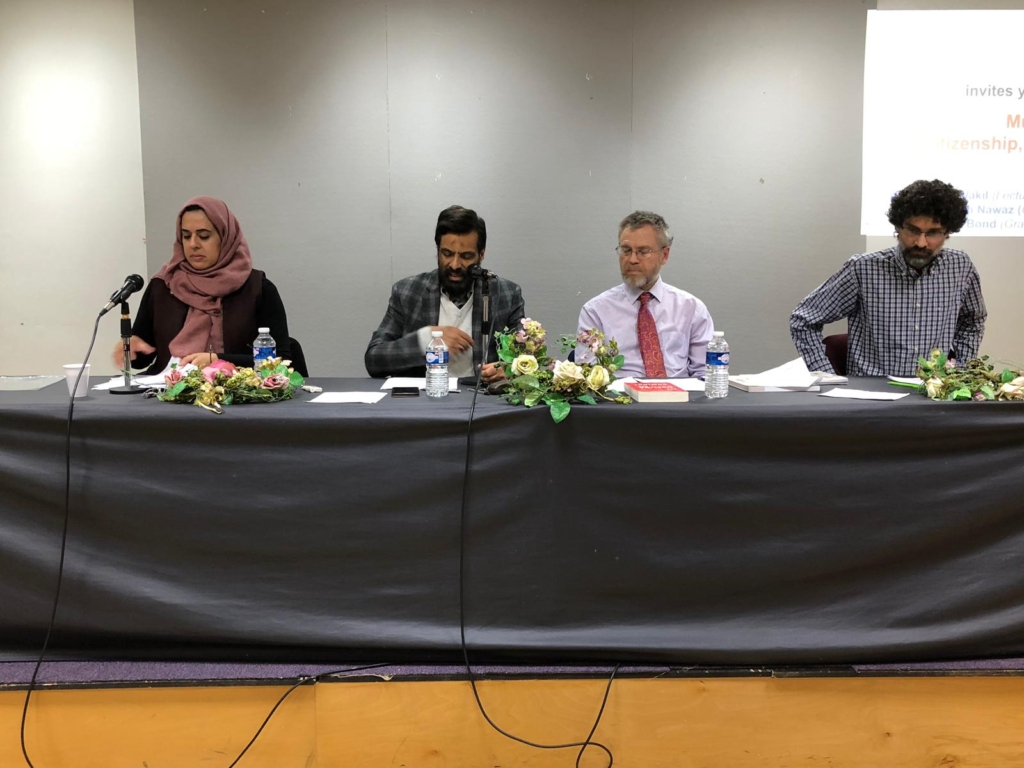Masood Ahmed, the IMF’s regional director, said Gulf Co-operation Council states – which include Saudi Arabia and the United Arab Emirates – would see gross domestic product fall from 6.8 per cent in 2008 to 3.5 per cent this year.
In its October economic report, before the Opec oil producers’ cartel slashed production as the recession deepened, the IMF predicted a relatively moderate easing of growth in the GCC from 7.1 per cent last year to 6.6 per cent this year.
The slump in oil prices will reduce government revenues by $300bn (€232bn, £203bn) this year among the oil exporters in the Middle East and Central Asia, Mr Ahmed said.
Oil exporters’ 2008 current account surplus of $400bn will turn into a deficit of $30bn this year but reserves will allow them to continue ambitious spending plans.
Mr Ahmed said plans for oil exporters to spend their way through the crisis would help protect the Gulf and broader Middle East from the worst ravages of the downturn, while acting as a stimulus for the global economy. “By maintaining spending and imports, the Gulf will act as a stabilising force during the downturn,” he told the Financial Times in an interview on Sunday.
The IMF, which based its projections on an average oil price of $50 a barrel in 2009 and $60 next year, said non-oil growth among Gulf oil exporters this year will hold up at more than 5 per cent, an indication of the region’s relative economic health.
But Mr Ahmed warned that the IMF’s regional outlook could be knocked off course by a lower oil price or a slower than expected global economic recovery. Global growth of 0.5 per cent is expected but the risks are on the downside, he said.
“If later this year oil futures predict a price of $40 a barrel over the next 18 months, then governments might decide to hold off on spending plans,” he said.
The regional outlook comes at a tough time for the government of Dubai as it seeks to maintain growth amid a bursting property bubble while dealing with the $80bn debt pile accumulated by the UAE’s second largest emirate. Borse Dubai officials say negotiations with banks over a syndicated $2.5bn loan were tougher than originally expected as the end of February deadline for refinancing the exchange group’s $3.8bn loan approaches.
Raed Safadi, chief economist at Dubai’s department of economic development, said the emirate’s real GDP growth would slow to under 3 per cent this year from 8 per cent last year.
Shrugging off reports of Dubai’s population thinning as redundancies take their toll, Mr Safadi said the emirate had been issuing about 1,000 new residence visas a day in January, pointing to sustained demand from expatriates keen to move to the Gulf.
“It isn’t surprising as the number of business licences we are issuing is also holding up,” he said, referring to a 3 per cent rise in licences issued outside the city’s “freezone” business parks in 2008. “The rate of increase has declined but we are still in positive territory.”


